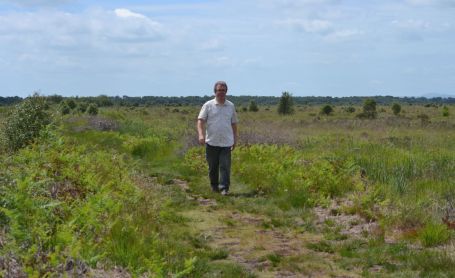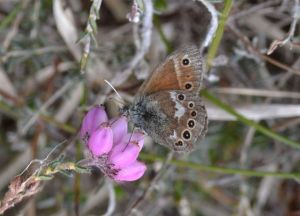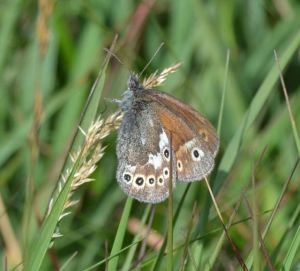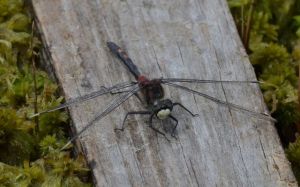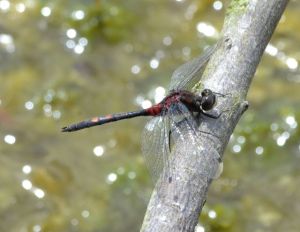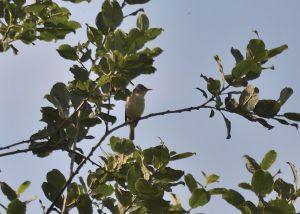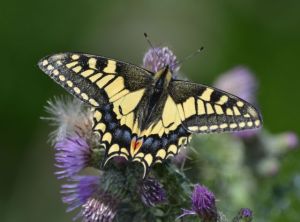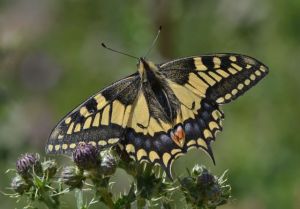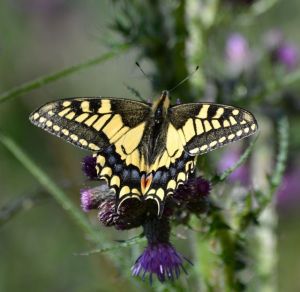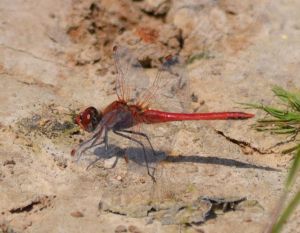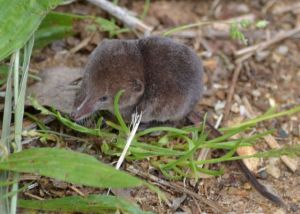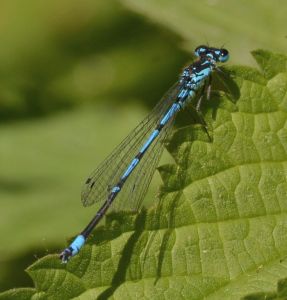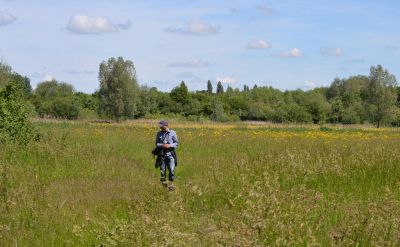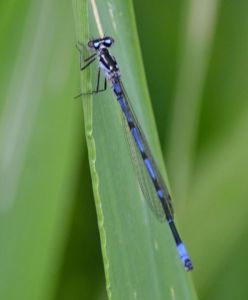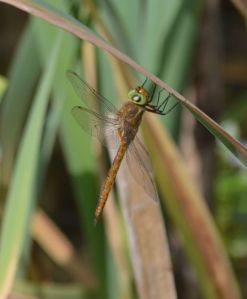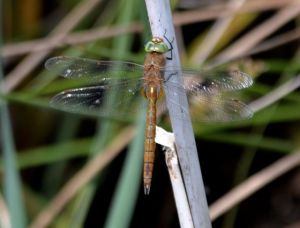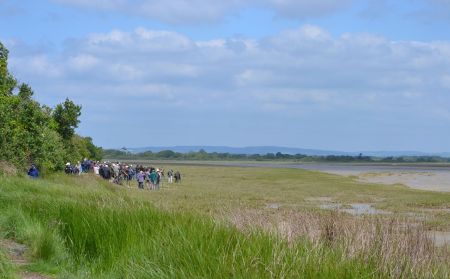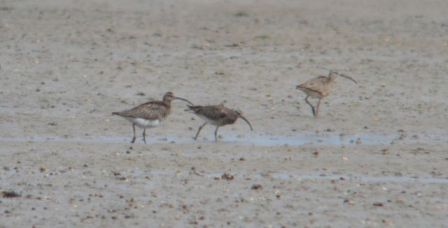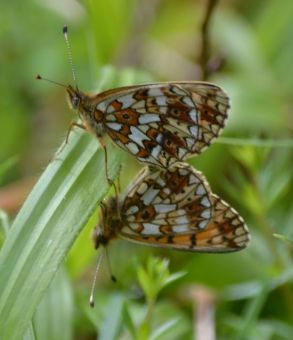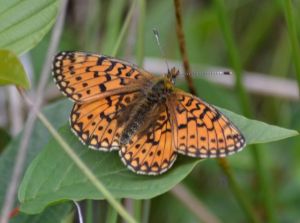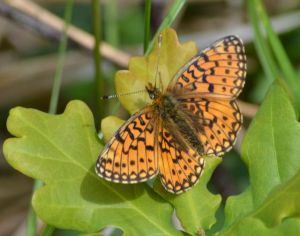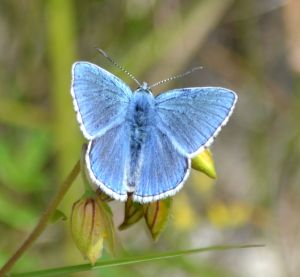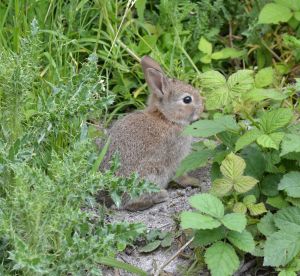Prior to heading back to Suffolk and work this week I needed to fit in an insect double bill before it was too late. During our recent damselfly collaboration Adam and I had agreed to go when convenient for Large Heath and White-faced Darter, he as driver and me as guide. These species would both be lifers for Adam and today was the day.
Having myself travelled to east Kent and back, Suffolk twice and the long way home from the Norfolk Broads in the past eight days, it was relaxing to be chauffeured on this occasion. And especially in a big Volvo 4×4, the “Gnome mobile” of Oxon legend. After arriving on site we walked out through a wooded area where there were good numbers of common butterflies: Meadow Brown, Ringlet and Speckled Wood. Then upon reaching the mosses proper we immediately began to see Large Heath, the first of very many.
Fenn’s, Whixall and Bettisfield Mosses NNR is one of the largest lowland raised peat bogs in Britain. The acidic and waterlogged environment here allows a significant number of specialist bog plants and insects to thrive, including our day’s joint targets. Large Heath, of which there are several forms is most common in Scotland but also occurs in isolated colonies further south where suitable habitat exists. In my experience they are not easy to photograph, being skittish and unapproachable with unhelpful habits of sitting low down in long grass, flushing as the observer gets near then flying around tantalisingly without settling, before heading off into the middle distance. The shot I wanted was of a butterfly nectaring on Bell Heather, and this was duly gained. But they don’t usually do “clutter free “.
At the first bog pool we came across there were two White-faced Darter. It then took a little time to find the larger pool where I had experienced these attractive little dragonflies in 2014. There were partial board walks leading into that hot spot upon which the several WFD present were prone to settle, and we also located a mating pair. This species is also most common in the Scottish Highlands, while Whixall Moss is the closest location to Oxford where it occurs.
At both pools WFD were being harassed constantly by Four-spotted Chaser, the bovver boys of the dragonfly world. Adam wandered off and found teneral Black Darter nearby, that emerge at this time of year; but neither of us saw Common Hawker, another possibility at this site.
On the way home we dropped in to visit the male Melodious Warbler near Marsh Lane NR, Hampton-in-Arden, West Midlands. When we reached the recycling works where this bird (my second British sighting) has set up territory in recent weeks it was singing and showing well. So that was three out of three easy connects and a nice bonus to end a successful day.

